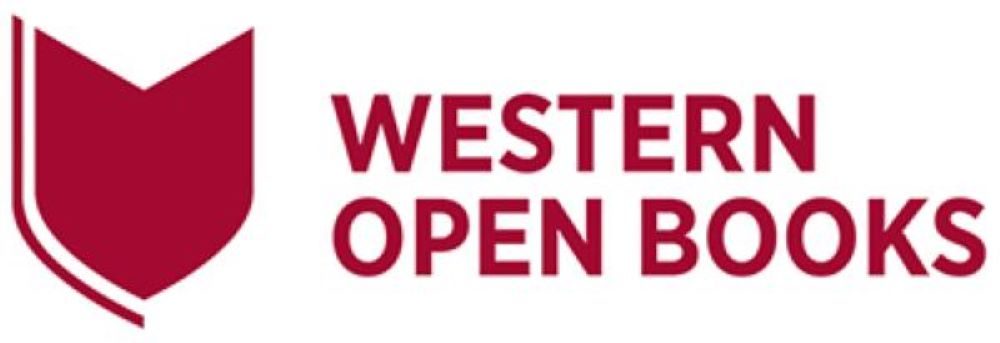8 Critical Thinking

Is everything you read, see or hear factual? Does it come from a particular point of view that may be similar or different to your own?
Everything we read, see or hear contains elements that can and should be questioned – this is what it means to think critically. You need to be able to identify whether material is true, plausible, satirical or questionable. Some examples of questionable materials that you might be familiar with include:
- short quotes taken out of context so that they seem to mean something different
- photoshopped images
- deep fake video and audio bites
- statistical data which is manipulated to support a point of view
- fake news
- scam emails (e.g. phishing).
An evaluation framework can help remind you of the critical questions to ask for each source of information you find and decide if it is reliable and appropriate to use in an assignment. There are several frameworks which you can use. Below are just a few that exist.
Digital thinking traps
Another thing to consider is that what you see online is shaped by algorithms that tailor content to your interests and behaviour. While this makes your experience more personalised, it can also trap you into a filter bubble or echo chamber that reinforces your own views.
Filter bubbles – algorithms track what you click on to learn your preferences, then show you content they think you will like.
Echo chambers – the tendency to follow like-minded people who share similar backgrounds, perspectives and opinions to your own.
These digital bubbles limit your perspective and make it harder to see the bigger picture and alternative viewpoints. Over time, it can influence how you think and what you believe without you realising it (confirmation and availability bias).
Algorithms can also make you more susceptible to fake news and clickbait. These types of content are designed to grab your attention, often at the expense of accuracy and truth. When you are only exposed to content that confirms your own views, it becomes more difficult to think critically.
Fake and satirical news – deliberately false or misleading articles that are designed to look like real information sources, to push a particular opinion or get a reaction.
Clickbait – content that uses exaggerated or misleading headlines to get clicks and increase views, make money from ads or take you to dangerous websites.
This is why critical thinking is so important. Being aware of how online content is shaped and questioning what you see allows you to think clearly, develop a more balanced and informed understanding of topics, and keeps you safe online.
Supporting references
- Rhodes, S. C. (2021). Filter bubbles, echo chambers, and fake news: How social media conditions individuals to be less critical of political misinformation. Political Communication, 39(1), 1–22. https://doi.org/10.1080/10584609.2021.1910887

